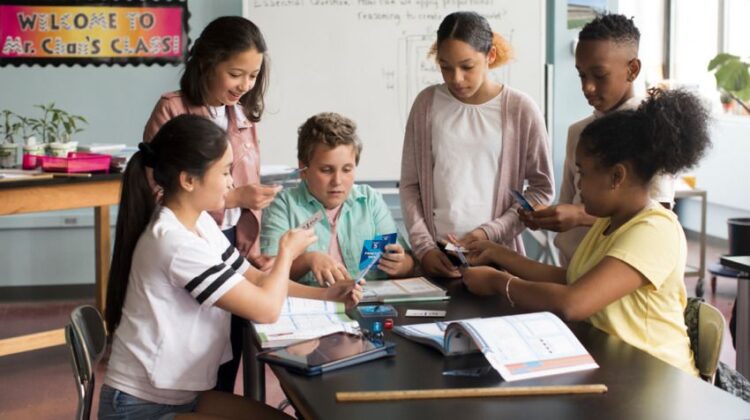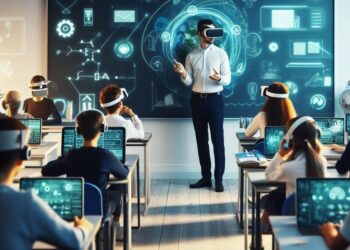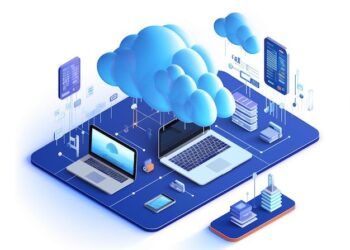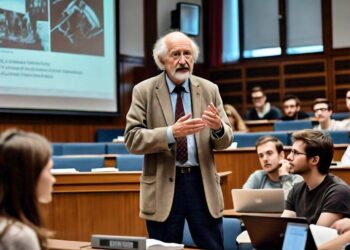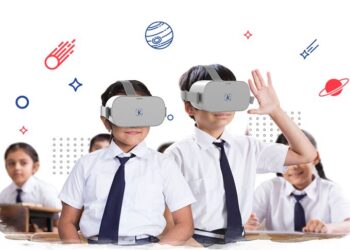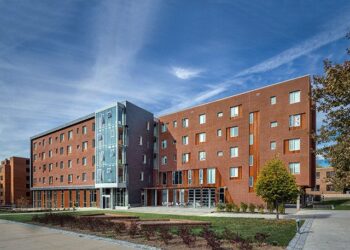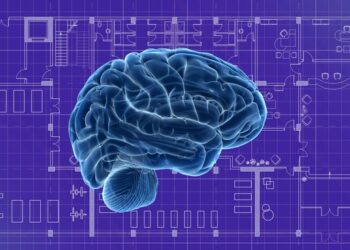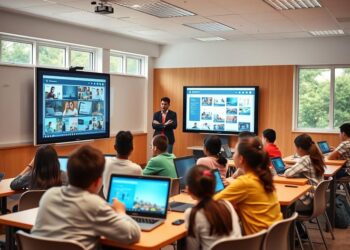For over a century, the image of a classroom has remained remarkably static: a teacher at the front, rows of desks facing forward, and students passively absorbing information. This “factory model” of education, designed for the industrial age, is now facing a profound and necessary reckoning. In a world defined by rapid technological advancement, global connectivity, and a demand for skills like critical thinking, collaboration, and creativity, the traditional classroom is no longer fit for purpose. It’s time for a revolution—a fundamental rethinking of the classroom experience to prepare students not for our past, but for their future.
This shift is not merely about integrating technology; it’s about redesigning the entire learning ecosystem. It’s about moving from a teacher-centric model of instruction to a student-centered model of discovery. It means transforming physical spaces from silent rows into dynamic, collaborative hubs. It requires empowering educators to become facilitators of learning rather than lecturers of facts. The goal is to cultivate an environment that sparks curiosity, nurtures individual talents, and equips students with the resilience and adaptability needed to thrive in the 21st century.
This in-depth article will explore the critical pillars of this educational transformation. We will deconstruct the limitations of the traditional model and delve into the innovative strategies and philosophies that are shaping the future of learning. From personalized learning pathways and project-based inquiry to the integration of social-emotional skills and the strategic use of technology, we will provide a comprehensive blueprint for creating classrooms that are not just places of instruction, but vibrant incubators of lifelong learning and human potential.
The Cracks in the Foundation: Why Traditional Classrooms Fail
Before building the new, we must understand why the old model is crumbling. The legacy classroom structure, despite its longevity, presents several critical barriers to effective, modern learning.
A. The Passive Learner Problem: In the traditional setup, students are often positioned as passive recipients of information. The lecture format encourages memorization over comprehension and critical analysis. This one-way flow of information stifles curiosity and fails to engage students in the active construction of knowledge.
B. A One-Size-Fits-All Approach: The industrial model treats all students as if they learn at the same pace and in the same way. This homogeneity ignores the vast diversity in students’ learning styles, interests, and abilities. Gifted students become bored, while struggling students are left behind, leading to widespread disengagement.
C. The Isolation of Subjects: Knowledge is often presented in disconnected silos—math is separate from history, which is separate from science. This artificial fragmentation fails to show students how concepts interconnect in the real world, hindering their ability to apply knowledge to solve complex, multi-disciplinary problems.
D. An Inauthentic Assessment Model: Success is typically measured by standardized tests that prioritize rote memorization of facts. These assessments rarely measure the skills that truly matter in the modern economy: problem-solving, collaboration, communication, and creativity. They test what a student remembers, not what they can do.
The Blueprint for a New Classroom: Pillars of Transformation
Rethinking the classroom experience involves a multi-faceted approach that redesigns the physical space, pedagogy, role of the teacher, and the integration of technology.
A. Personalized Learning: Tailoring the Educational Journey
Personalized learning is the antidote to the one-size-fits-all model. It leverages technology and flexible pedagogical approaches to customize the learning experience for each student’s unique strengths, weaknesses, and interests.
- Customized Pacing: Students advance through material based on mastery, not on a fixed schedule. A student who grasps a mathematical concept quickly can move on to more advanced topics, while a peer who needs more time can receive additional support and practice without being penalized.
- Flexible Learning Paths: Instead of a single, linear curriculum, students can be offered choices in how they learn a topic. Some may prefer to learn through reading, others through video lectures, and still others through hands-on projects. This honors different learning preferences and increases engagement.
- Data-Informed Instruction: Technology plays a crucial role by providing teachers with real-time data on student performance. Educators can instantly see which concepts students are struggling with, allowing them to intervene with targeted support and resources precisely when they are needed.
B. Project-Based Learning (PBL): Solving Real-World Problems
Project-Based Learning (PBL) transforms the learning process from passive memorization to active, in-depth exploration. Students work on a complex question, problem, or challenge over an extended period, culminating in a public product or presentation.
- Developing 21st-Century Skills: PBL is a powerful vehicle for developing skills like collaboration, as students often work in teams. It fosters critical thinking and problem-solving as they navigate complex tasks. Communication skills are honed as they present their findings to authentic audiences.
- Fostering Intrinsic Motivation: By working on projects that are relevant to their lives and interests, students become more invested in their learning. The “why” behind what they are learning becomes clear, leading to deeper engagement and a greater sense of purpose.
- Authentic Application of Knowledge: PBL breaks down the artificial barriers between subjects. A project on designing a sustainable community garden, for instance, could integrate concepts from biology, mathematics, economics, and social studies, showing students how knowledge is applied in the real world.
C. Redesigning the Learning Space: From Rows to Hubs
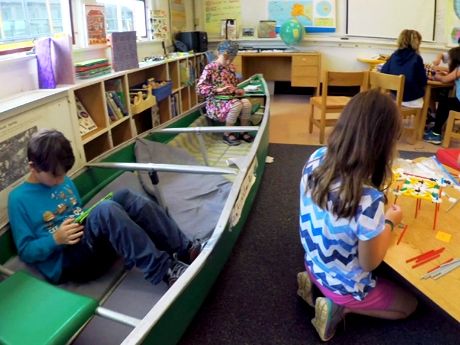
The physical environment of a classroom sends a powerful message about the type of learning that is expected to happen there. The traditional layout of desks in rows signals compliance and passive listening. A modern learning space is flexible, adaptable, and designed to support a variety of learning activities.
- Flexible Seating: Instead of uniform desks, classrooms can offer a variety of seating options—from collaborative tables and standing desks to comfortable soft seating areas for individual reading. This allows students to choose the environment where they work best.
- Zones for Different Activities: The classroom can be divided into zones. There might be a “collaboration zone” with large whiteboards, a “quiet zone” for focused individual work, a “maker space” with materials for building and creating, and a “technology hub” with access to digital tools.
- Mobility and Adaptability: Furniture should be lightweight and on wheels, allowing the classroom to be reconfigured in minutes. A space set up for a whole-group discussion can quickly be transformed into small-group workstations, empowering teachers and students to shape their environment to fit the task at hand.
D. The Evolving Role of the Educator: From Sage to Guide
In this new paradigm, the teacher’s role undergoes a profound transformation. They are no longer the “sage on the stage” who holds all the knowledge, but the “guide on the side” who facilitates learning, sparks curiosity, and coaches students through their inquiries.
- Facilitator of Discovery: The modern educator designs learning experiences that challenge students to think for themselves. They ask probing questions, provide resources, and guide students without simply giving them the answers.
- Curator of Resources: With an infinite amount of information available online, the teacher’s role shifts to helping students find, evaluate, and synthesize credible information. They become curators of high-quality learning materials.
- Coach and Mentor: In a personalized environment, teachers develop a deep understanding of each student’s strengths and challenges. They act as mentors, providing personalized feedback, encouragement, and support to help each student reach their full potential.
E. Social-Emotional Learning (SEL): Educating the Whole Child
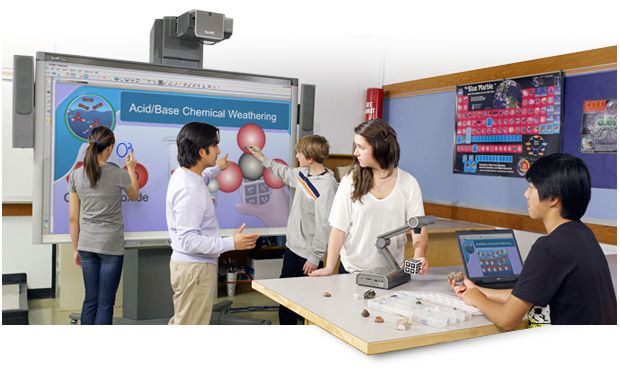
An education focused solely on academics is an incomplete one. Social-Emotional Learning (SEL) is the process through which students acquire and apply the knowledge, skills, and attitudes to develop healthy identities, manage emotions, achieve goals, feel and show empathy for others, and make responsible decisions.
- Building Essential Life Skills: SEL competencies like self-awareness, self-management, and relationship skills are critical for success in school, work, and life. They are the foundation of resilience and mental well-being.
- Creating a Positive Learning Climate: When SEL is integrated into the classroom, it creates a culture of trust, respect, and belonging. Students feel safer to take academic risks, ask for help, and collaborate effectively with their peers.
- Improving Academic Outcomes: A wealth of research shows that students with strong social-emotional skills perform better academically. They are more engaged, have better attendance, and exhibit fewer behavioral problems.
The Future is Now: Embracing a New Era of Learning
Rethinking the classroom experience is not a futuristic ideal; it is a present-day imperative. The tools and methodologies are available, and pioneering educators and schools worldwide are already demonstrating their profound impact. By embracing personalized, project-based, and student-centered approaches, we can move beyond an outdated model designed to create conformity. We can, instead, build dynamic learning ecosystems that cultivate the innovators, critical thinkers, and compassionate leaders our world so desperately needs. The revolution is here, and it is happening one classroom at a time.

